-
Dark-spotted Palthis
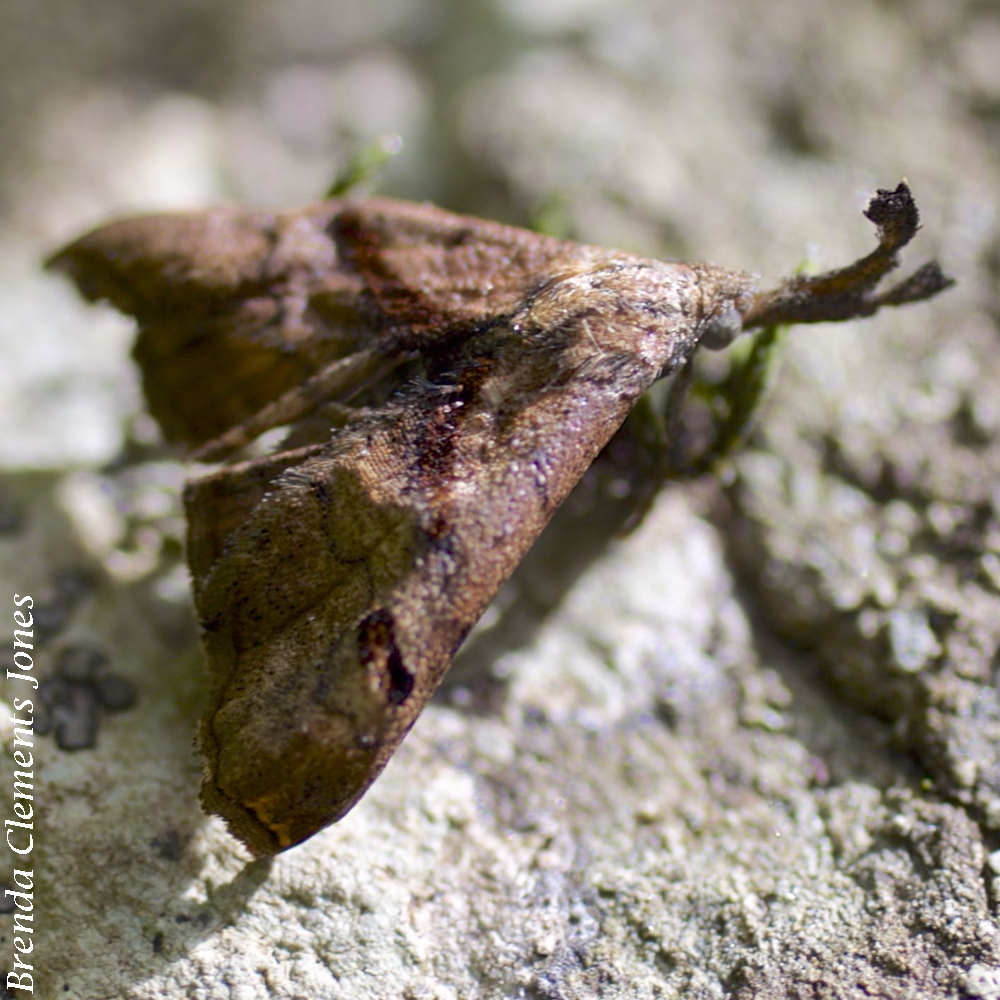
Looking much like the Northrop B-2 Spirit, Stealth Bomber. But don’t get confused, it’s a moth. A Dark-spotted Palthis (Palthis angulalis). The caterpillar of this Palthis eats leaves (living or dead) of shrubs and trees, including Alder, Ash, Basswood, Birch, Pine, Spruce, Willow; and of forbs including Aster and Goldenrod. I love that they eat…
-
Milkweed Tussock Moth Caterpillar
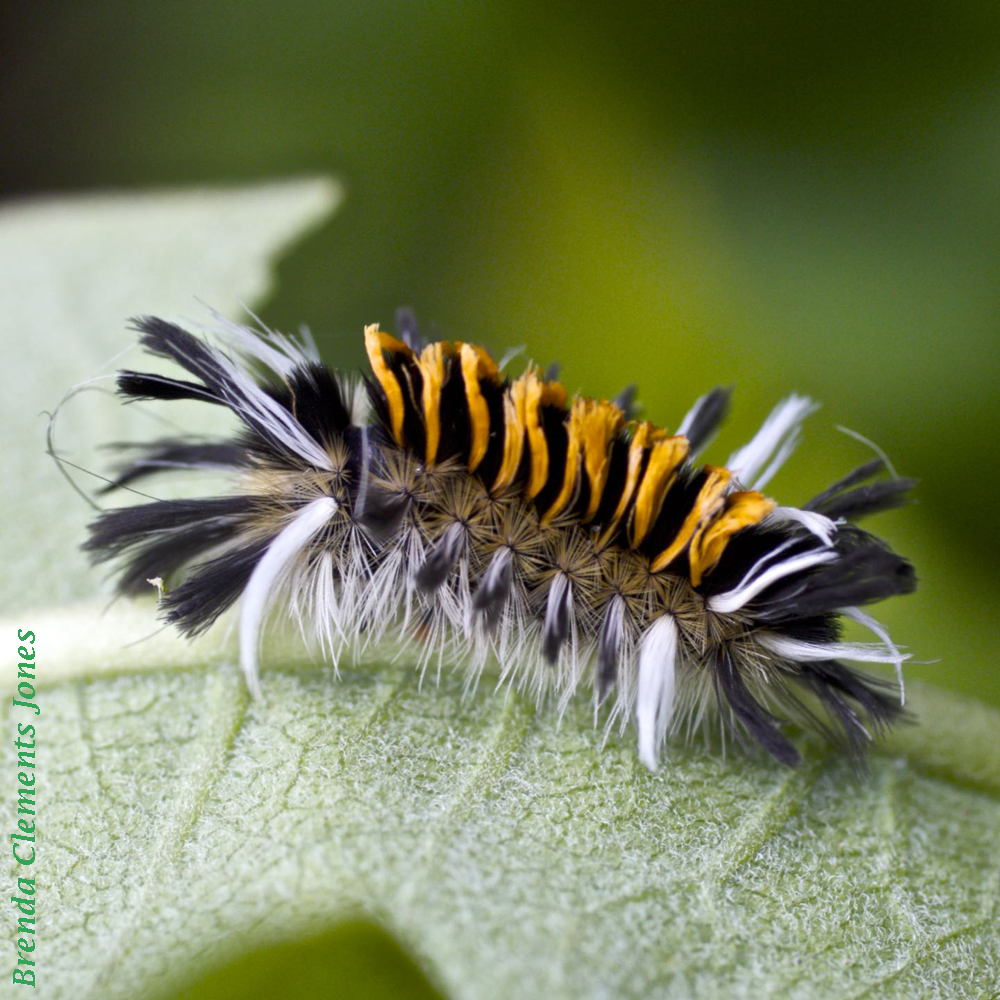
Milkweed Tussock Moth Caterpillar (Euchaetes egle). This caterpillar just might alarm you if you’re growing milkweed with Monarch Butterflies in mind. No need to worry though. The Milkweed Tussock Moth and the Monarch Butterfly have grown up in the “same neighborhood” side by side, sharing the bounty. Both butterfly and moth caterpillars are eating a…
-
Little Wood Satyr
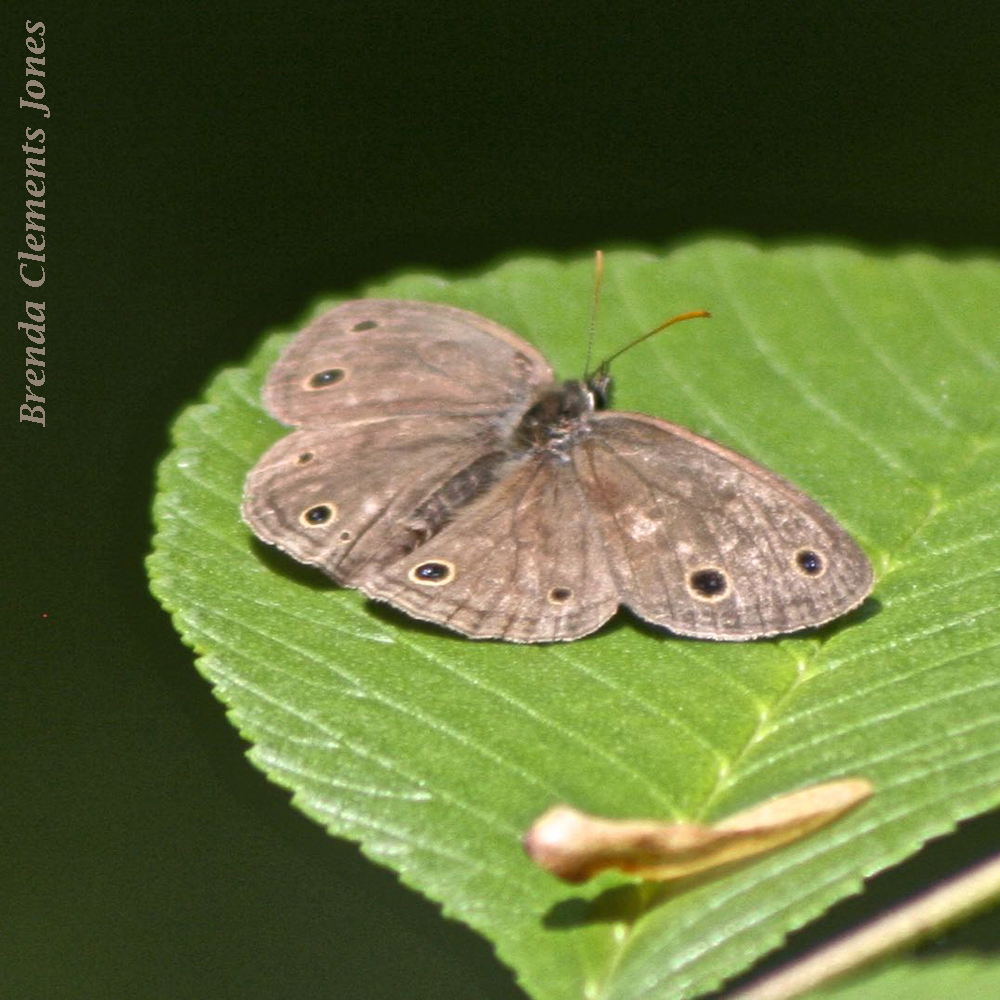
Little Wood Satyr (Megisto cymela). Not brightly colored. Not large. But this is not a moth but it is a butterfly. Its wingspan is 1.5 to 1.875 inches. They often perch with wings wide open on the leaves of trees or in leaf litter. Larval host plants are sundry grasses such as Kentucky Bluegrass, Orchard…
-
Black and Yellow Lichen Moth
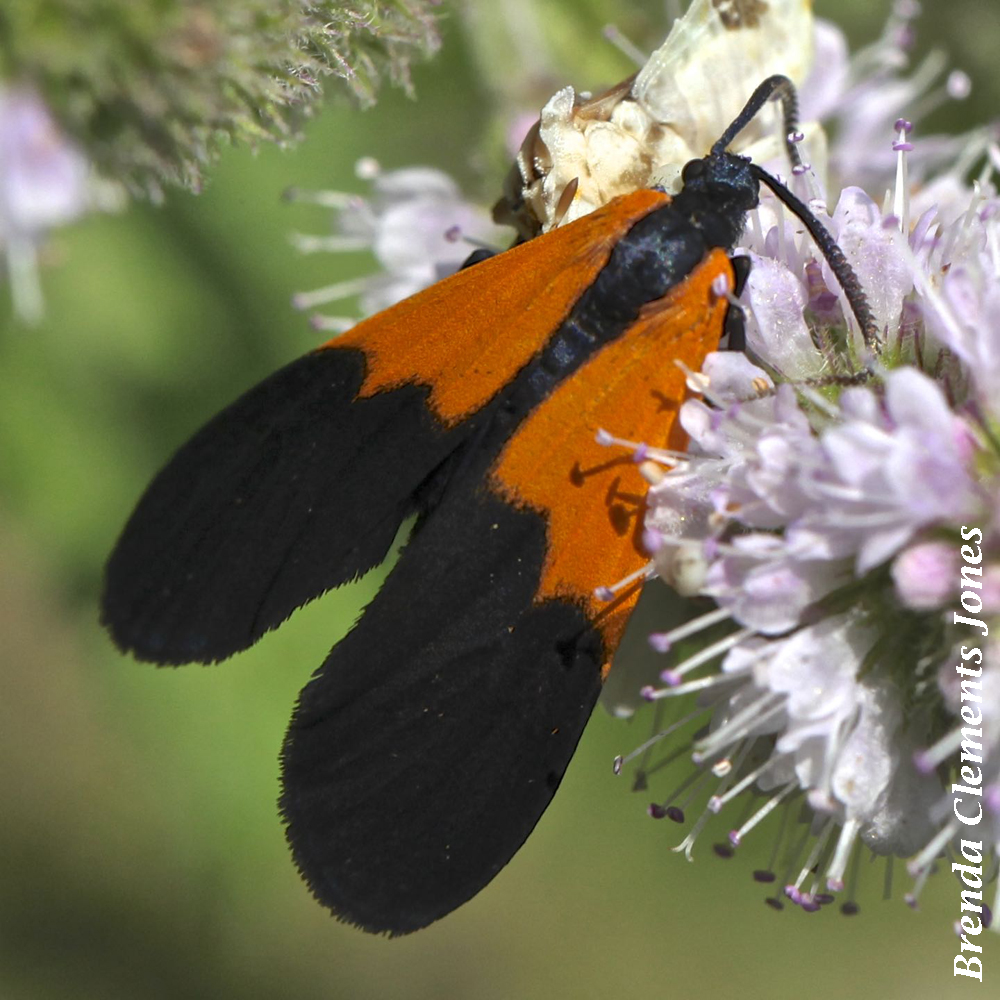
A moth that flies during the day, diurnal. A Black and Yellow Lichen Moth (Lycomorpha pholus). Though the name implies the color yellow you can see that this one, above, is reddish-orange along with the striking black with a subtle blue sheen. Many of this species of moth come in shades of not just yellow…
-
Lesser Maple Spanworm Moth
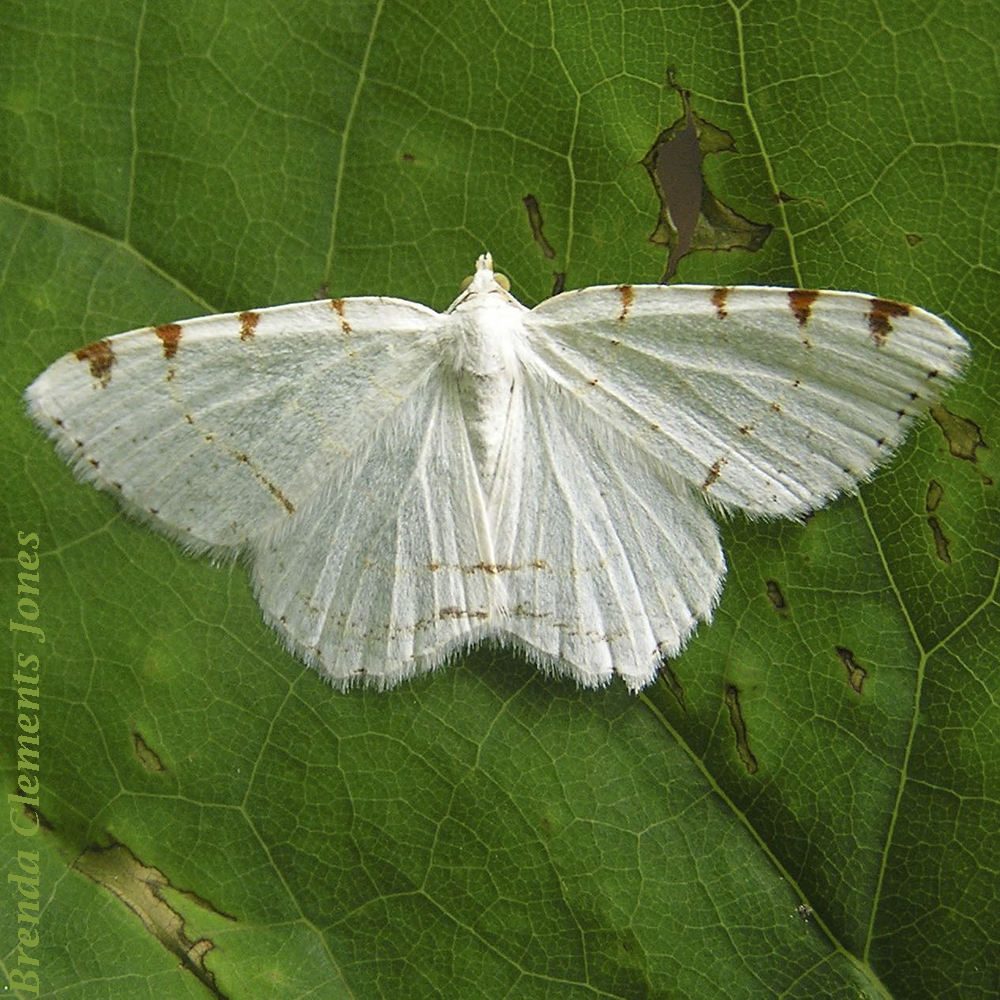
Yesterday a dear friend let me know that we’re in the middle of National Moth Week (July 17-25, 2021). I had no idea such a thing existed! But now, with that in mind, I present the Lesser Maple Spanworm Moth (Speranza pustularia). Like many moths, this one is nocturnal and is attracted to porch lights.…
-
Locust Underwing
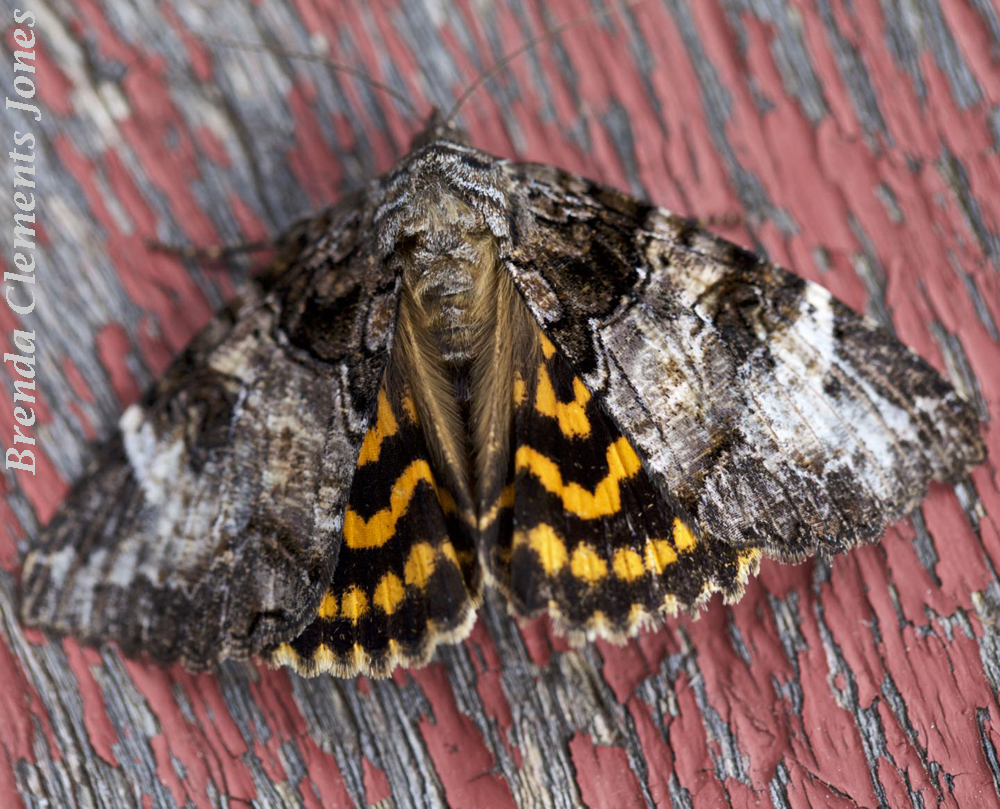
You may see one at a porch light late at night or lapping up juices from some fermenting fruit. Locust Underwing (Euparthenos nubilis). Larvae of Locust Underwing feed on Locust trees favoring Black Locust (Robinia pseudoacacia). There are two broods from April to September. The native range of this moth is from Maine and Ontario,…
-
Ailanthus Webworm Moth
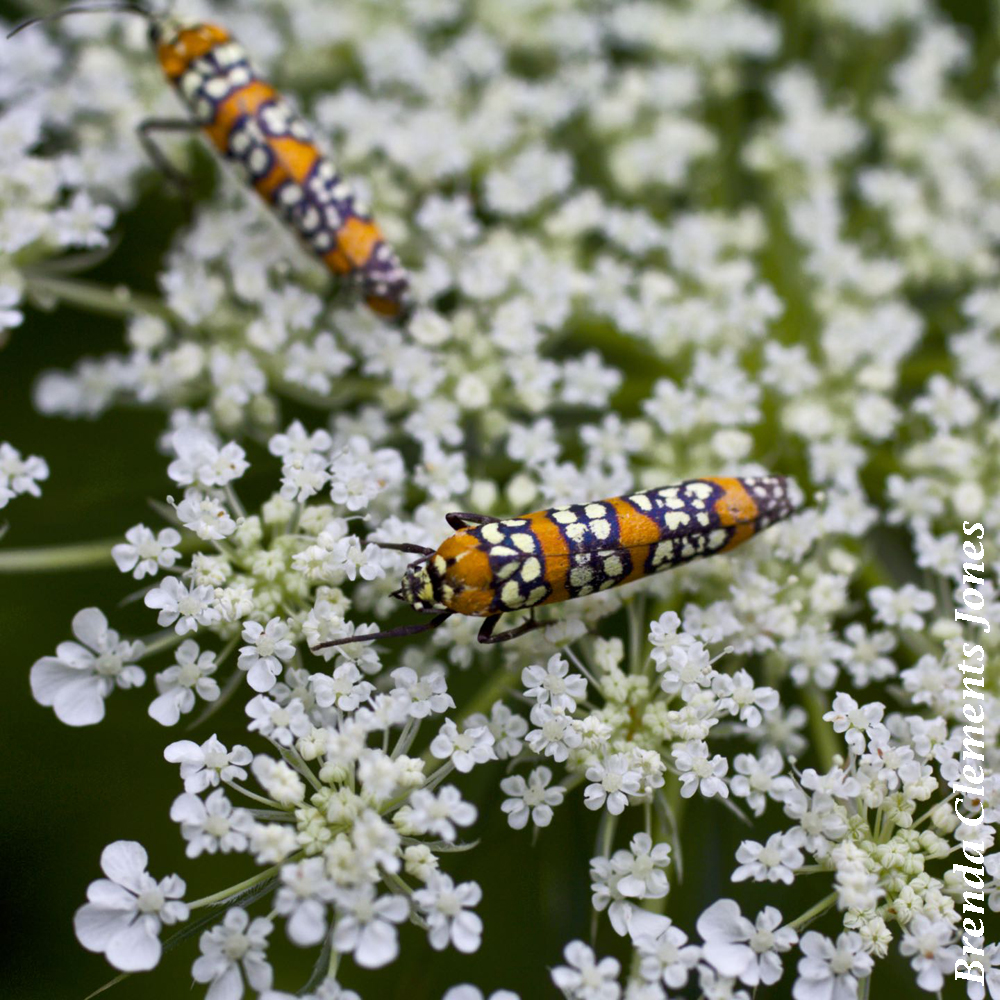
Ailanthus Webworm Moth (Atteva aurea). A moth that fools many. Erroneously thought to be a beetle because of its bright colors and its adults taking in flower nectar during the day. And that shape, how can that be a moth? The Ailanthus Webworm Moth is native to southern Florida and the American tropics. There it…